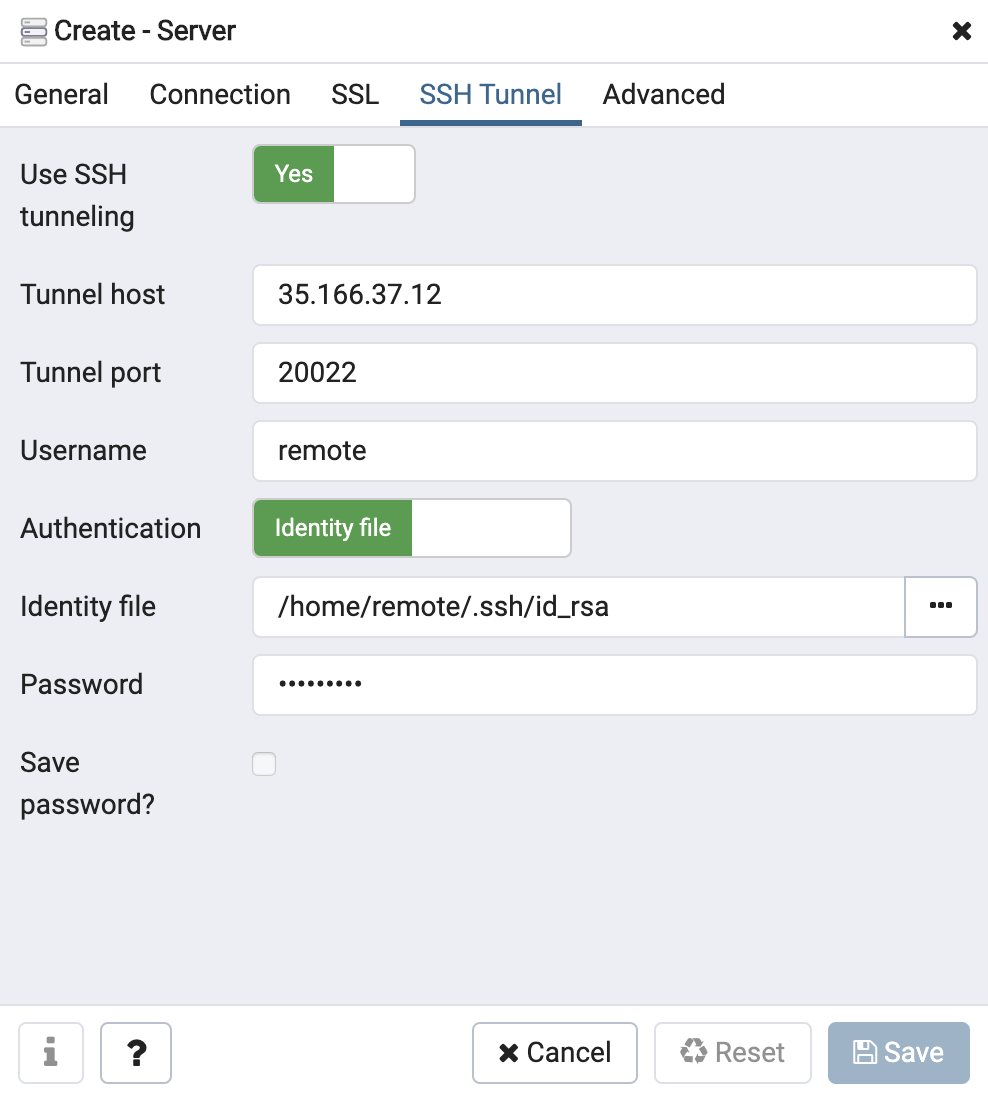How to Use SSH Tunnel as VPN
SSH tunneling is a powerful technique that can be used to secure your internet connection and protect your online privacy. By setting up an SSH tunnel, you can create a secure connection to a remote server and route all your internet traffic through that server, effectively using it as a VPN. This can be especially useful when you are on a public Wi-Fi network or need to access geo-restricted content.
In this article, we will walk you through the steps to set up an SSH tunnel as a VPN using both Windows and Linux operating systems.
Windows Operating System
1. Open the Command Prompt by pressing Win + R, then typing cmd and hitting Enter.
2. In the Command Prompt, type the following command to establish an SSH tunnel:
ssh -D 8080 username@remote_server_address
Replace username with your username and remote_server_address with the address of your remote server.
3. Configure your web browser to use the SSH tunnel as a proxy. In Firefox, go to Options > General > Network Settings and select Manual proxy configuration. Enter localhost as the SOCKS Host and 8080 as the Port.
4. Your internet traffic is now being routed through the SSH tunnel, effectively creating a VPN-like connection.
Linux Operating System
1. Open the Terminal and type the following command to establish an SSH tunnel:
ssh -D 8080 username@remote_server_address
Replace username with your username and remote_server_address with the address of your remote server.
2. Configure your web browser to use the SSH tunnel as a proxy. In Firefox, go to Preferences > General > Network Settings and select Manual proxy configuration. Enter localhost as the SOCKS Host and 8080 as the Port.
3. Your internet traffic is now being routed through the SSH tunnel, effectively creating a VPN-like connection.
By following these simple steps, you can use an SSH tunnel as a VPN to secure your internet connection and protect your online privacy. Stay safe online!
